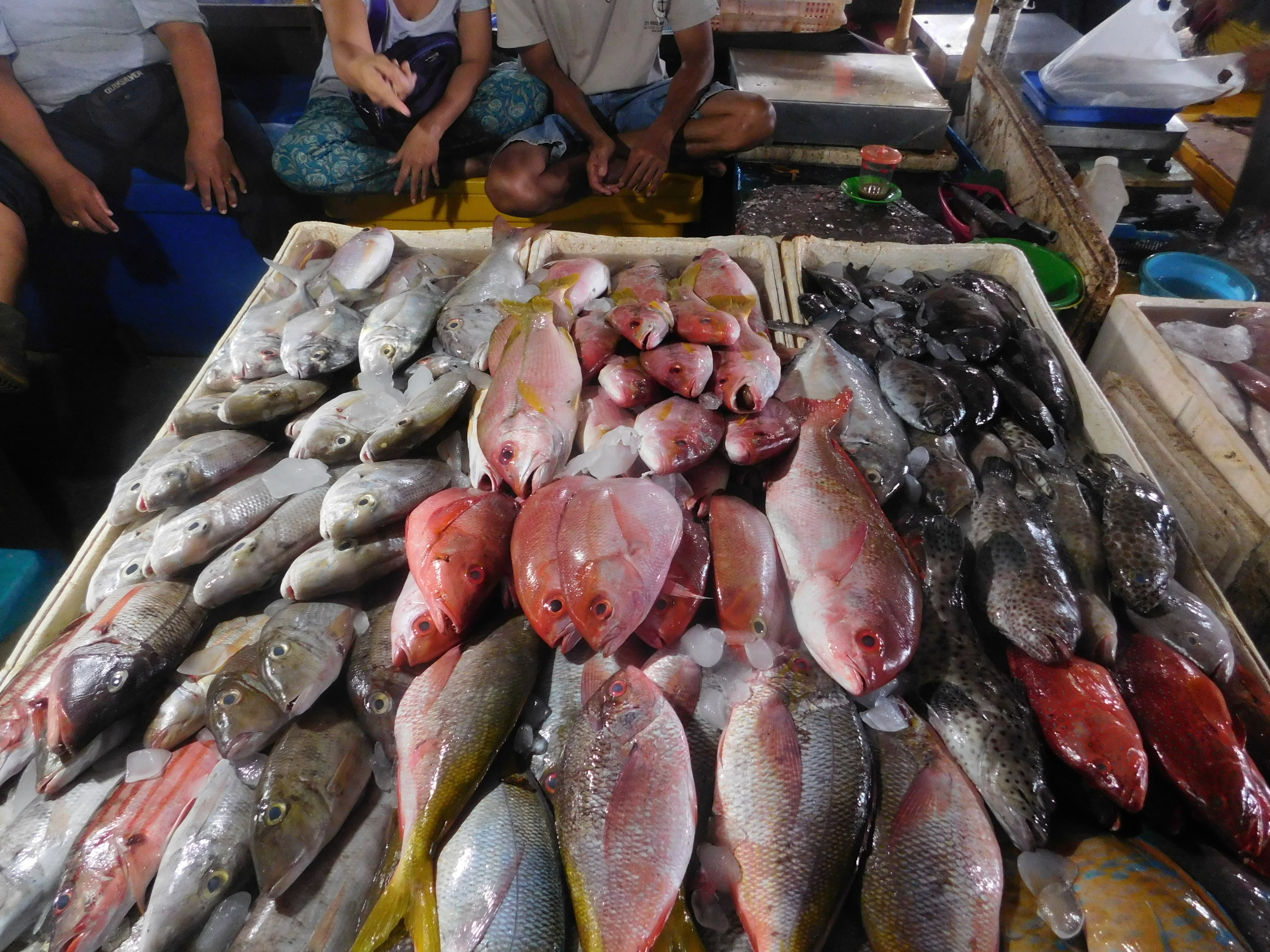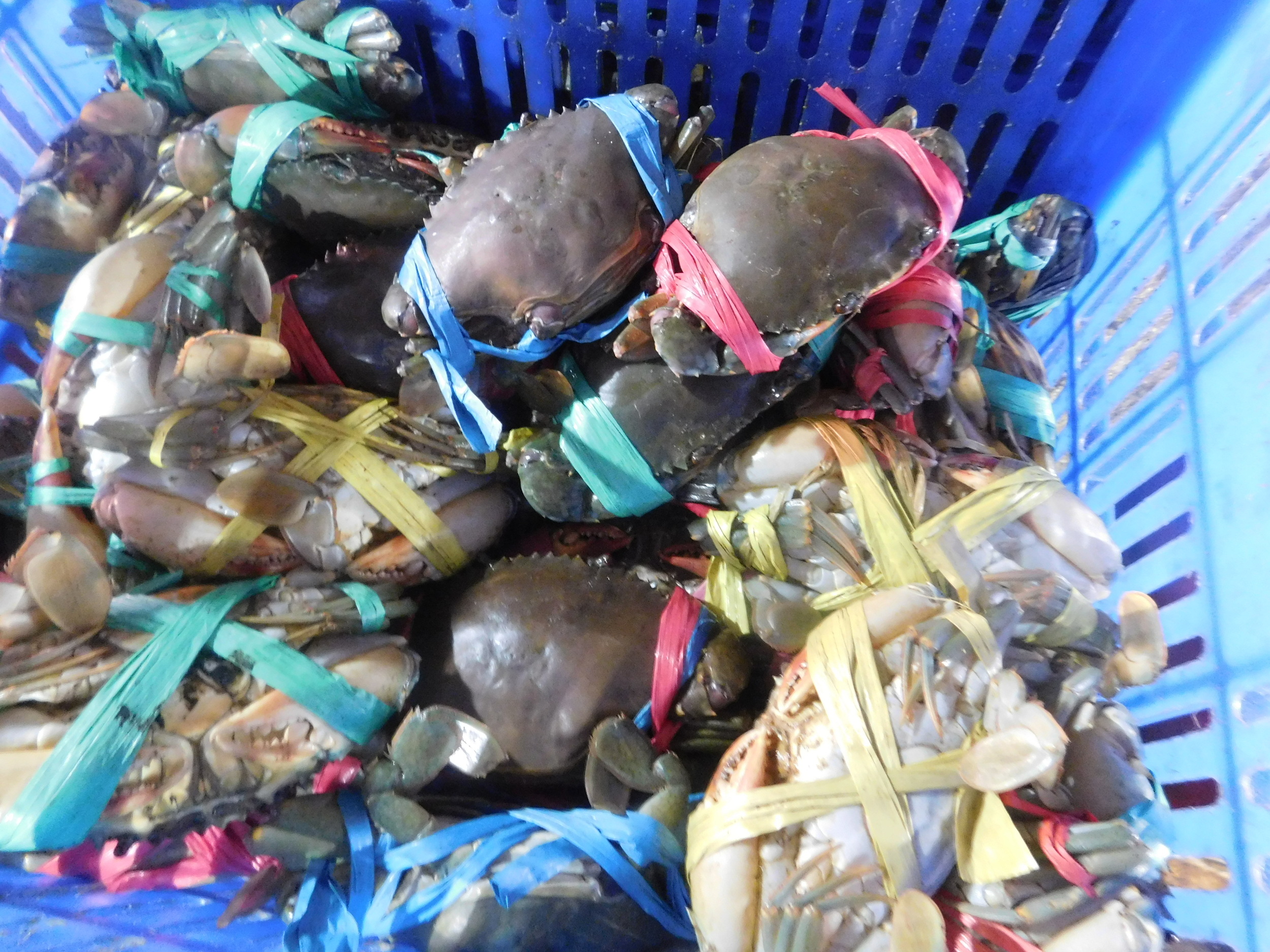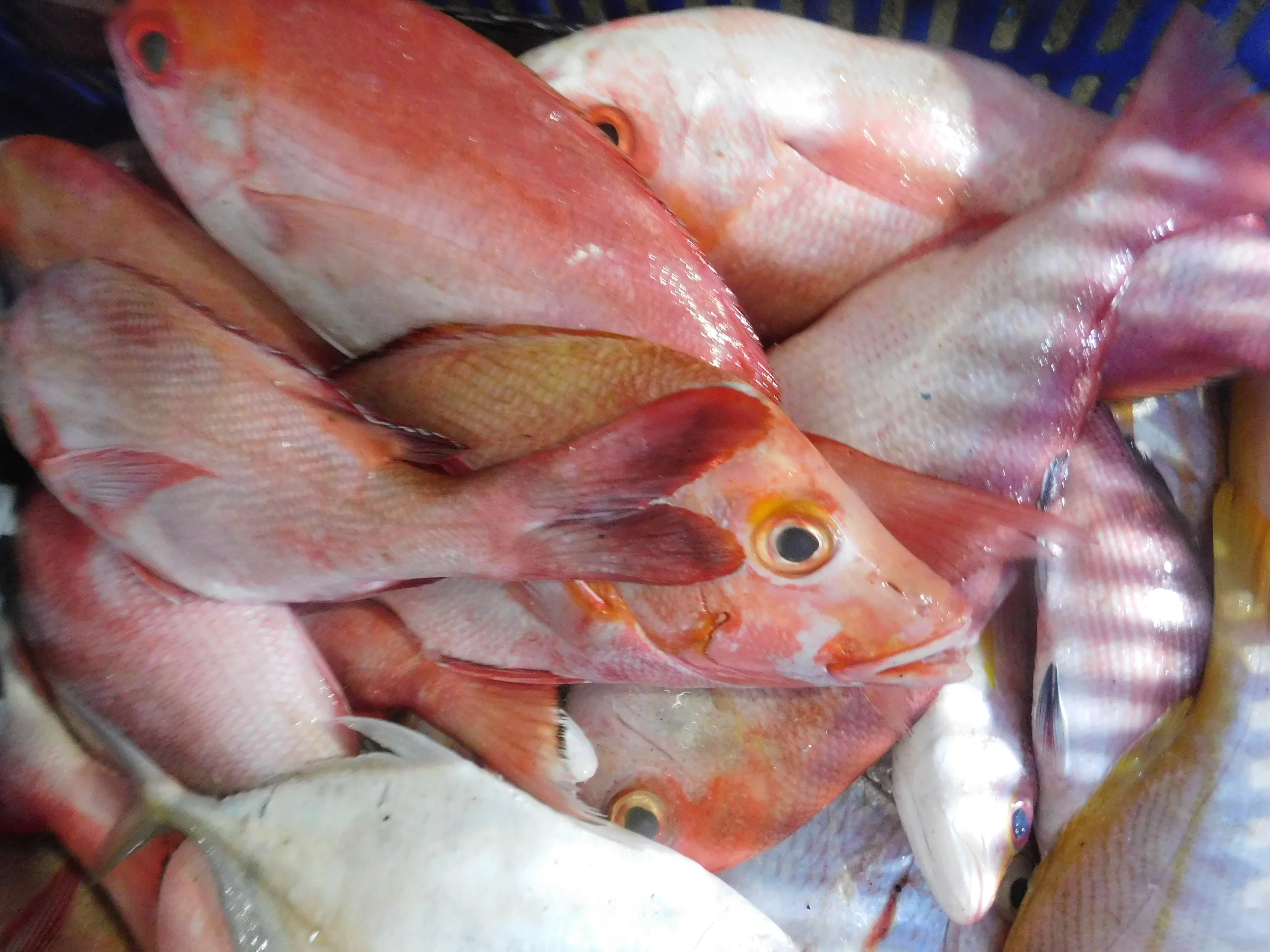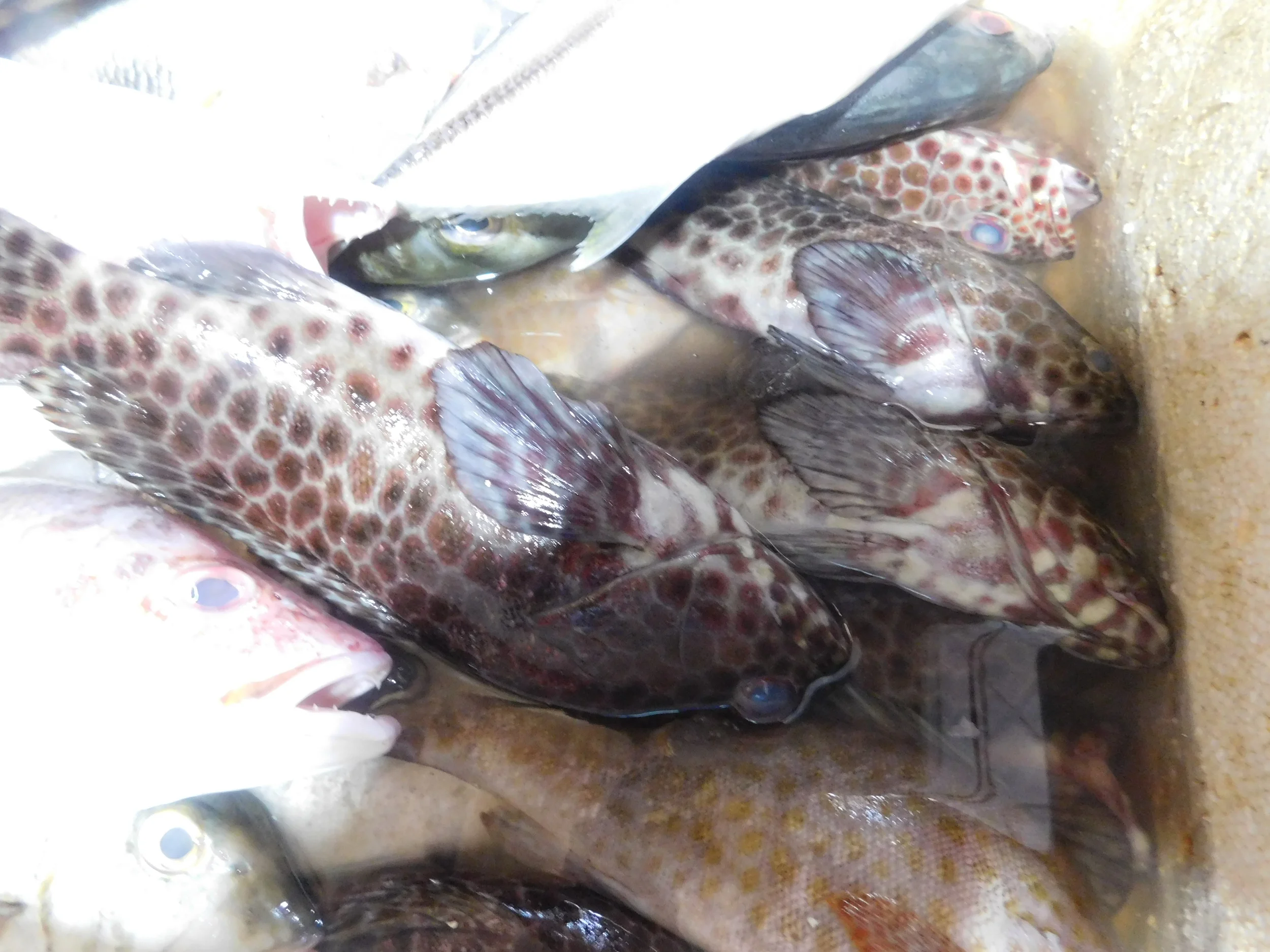Why Size Matters
A recent overseas holiday allowed a great opportunity to visit fresh fish markets in Bali and even a Bali cooking class. I am just fascinated by fish markets. The sights and sounds, smells and the entire buzz as boats unload and buyers throng to everything that comes into the market. The large market in Bali is right on the foreshore and the many boats pull up to the wharf or beach on the sand right in front to remove catches from the nets, or unload the line caught boxes. This is a market best described as “rustic” and far below the OH & S standards required in Australia. The fish was however same day fresh, lightly iced and going out the door as quickly as it was coming in so health standards were being maintained with the sheer speed in which everything was being sold.
The striking feature of not only this fish market, but others I have been to overseas is just how well managed our own fishery is. So much science and research is done with each of our significant fisheries. Minimum size limits with a guiding principle that every fish has to reach a size allowing at least 1 spawning cycle before it reaches legal size. Slot sizing (minimum and maximum) of some species like Barramundi and Flathead where all big fish are breeding females are identified and have to be released. TAC’s (total allowable catch) or catch quotas so that overfishing does not occur. Strict bag limits on every type of fish caught be recreational anglers. We have so many rules and regulations around what we catch in this country, how we catch them, how many we keep and what size they have to be that any Eco driven rhetoric about “overfishing” just does not stand up to scrutiny. A quick glance through the Bali markets where literally anything and everything is fair game, regardless of size and variety is what overfishing looks like.
It is impossible to condone what is clearly happening in some countries. I have snorkelled in the Mediterranean Sea around the Amalfi coast and found it to be almost a fish desert and the attitude of take everything that you can catch which was apparent in Bali has to be unsustainable but by any international standards our fishery is clearly well managed and here for the long run.
Our fisheries managers often get a kicking for being too restrictive, and often they are; but a trip to an international fish market is a very sobering example of unregulated fishing. The fish in Bali are tropical reef fish, all the same (or very close too) the same species as we get here in the Whitsundays and to see what was being taken was very disheartening to say the least.
Fish see only as bait fish like fusiliers or female mud crabs barely 8 centimetres across the back, tiny wire netting cod and baby emperor, all destined for the dinner table without apparent though for the long term consequences. While it is unfair to the culture of another country to try to impose our standards, and also impose our standards with little or no consideration that many of these fisherman are literally subsistence fishing trying to feed a family, there is also plenty of visual evidence of large scale commercial fishing, not just small single man commercial fishing.
We are lucky to live in country where we can afford to have the kind of rules and fisheries management which will sustain our industry well into the future.



